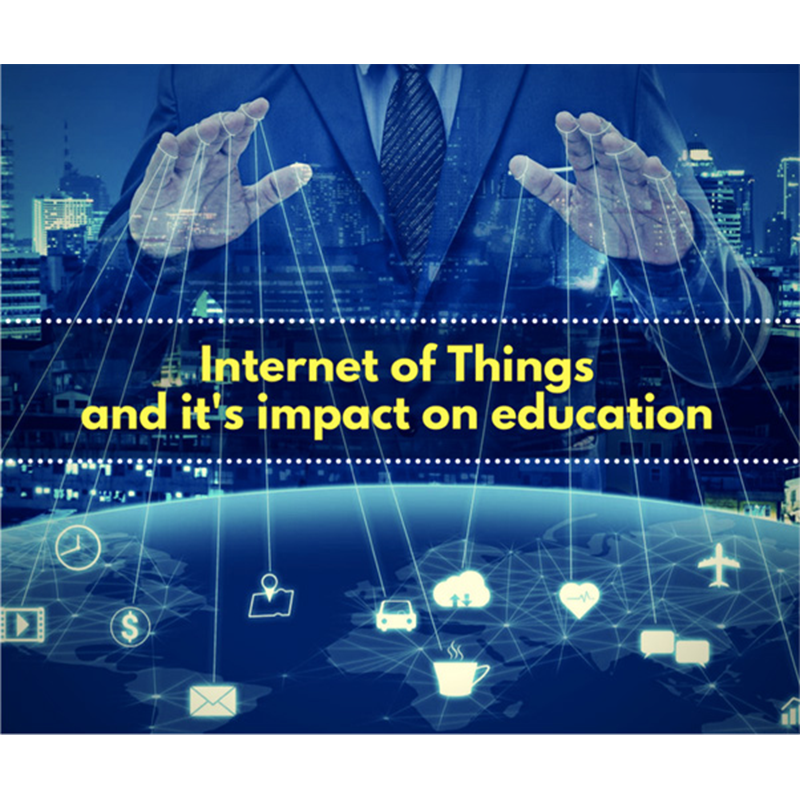Internet Of Things And It
We are reaching an age when everyday objects such as cars and refrigerators are becoming ‘smart‘. When ‘things’ are given data connectivity, the world changes.
You might have heard of the term ‘Internet of Things‘ from an advertisement, an article, a colleague, or a friend. But, what does it really mean? According to the Oxford English Dictionary, it is “a proposed development of the Internet in which everyday objects have network connectivity, allowing them to send and receive data.”
The Internet of Things has already had a considerable impact in areas such as healthcare and customer service. The education sector is also likely to continue being impacted as schools make greater use of connected devices.
Students, educators, and administrators collaborate more closely and derive insights from data as the Internet of Things continues to make inroads into the education sector.

The following are some ways Internet Of Things are transforming the education sector in the country:
Connecting Learners Worldwide
Interactive boards and digital highlighters are among the latest devices related to the IoT in the field of education. The boards can accelerate and simplify the learning experience by receiving, acknowledging and reciprocating information. Similarly, digital scanners help in the learning experience by digitally transferring text to smartphones. Therefore, using these devices, students sitting in their classrooms can interact with educators, mentors, and peers across the world.
Research
Students gain real-time insights into subjects they would otherwise have only read about in their textbooks and gain a richer learning experience.
Easier access to knowledge
These days many textbooks have QR codes. Students can scan these codes using their smartphones to access additional knowledge resources, in addition to assignments and feedback.

Helping students with special needs
Students with impaired vision can be given special cards that are detected automatically and show a larger font size whenever they use computers. The student doesn’t need to ask a teacher for help every time. This would build independence and self-confidence.
Increasing efficiency
Streamlining the day-to-day operations of schools using IoT helps focus more on actual teaching activities by cutting down on the time and effort required in manual accomplishments of those. For example, connected devices that automatically detect the presence of students in the school can eliminate the need for taking attendance manually and submitting the information at a central office.

